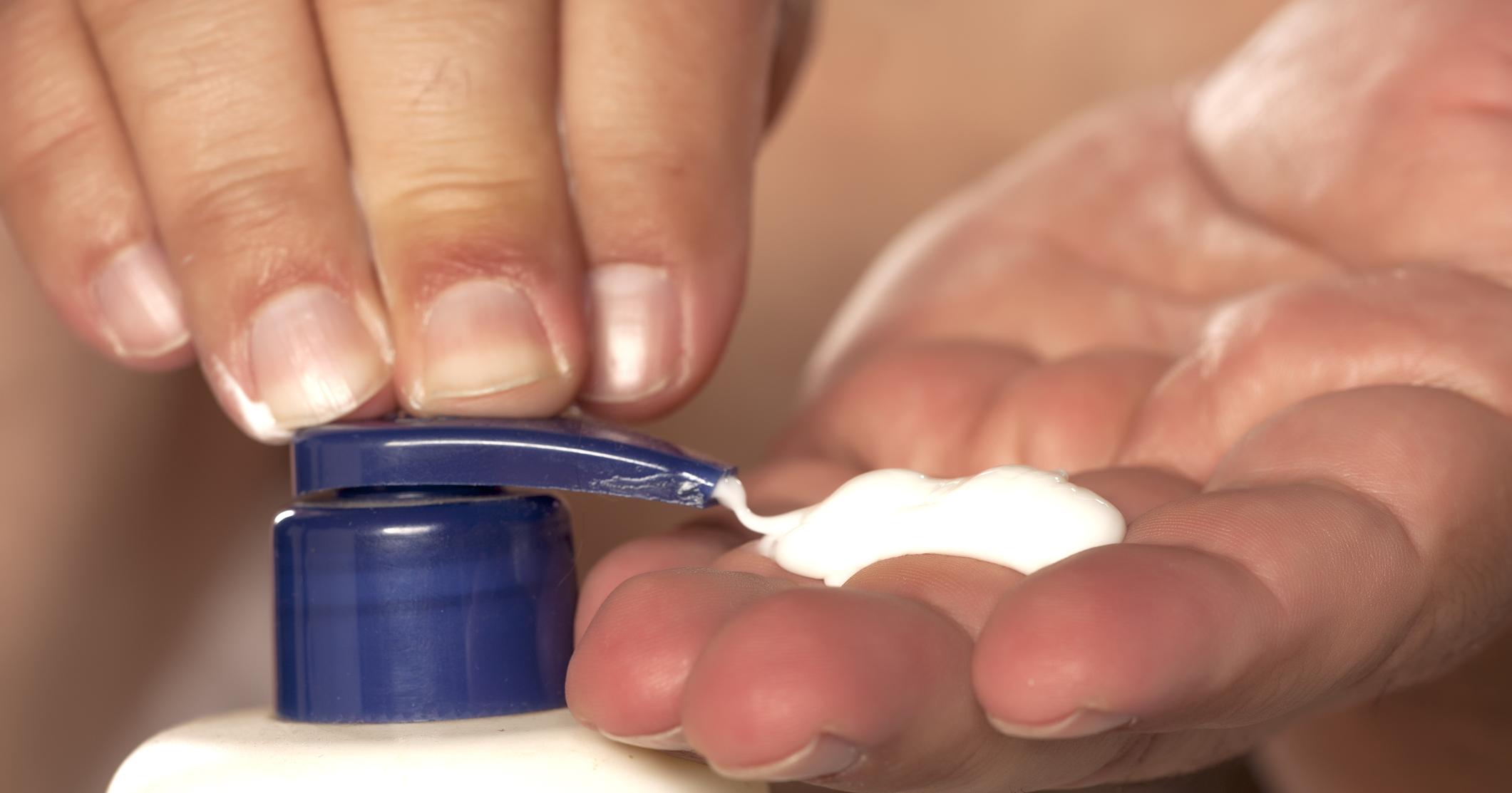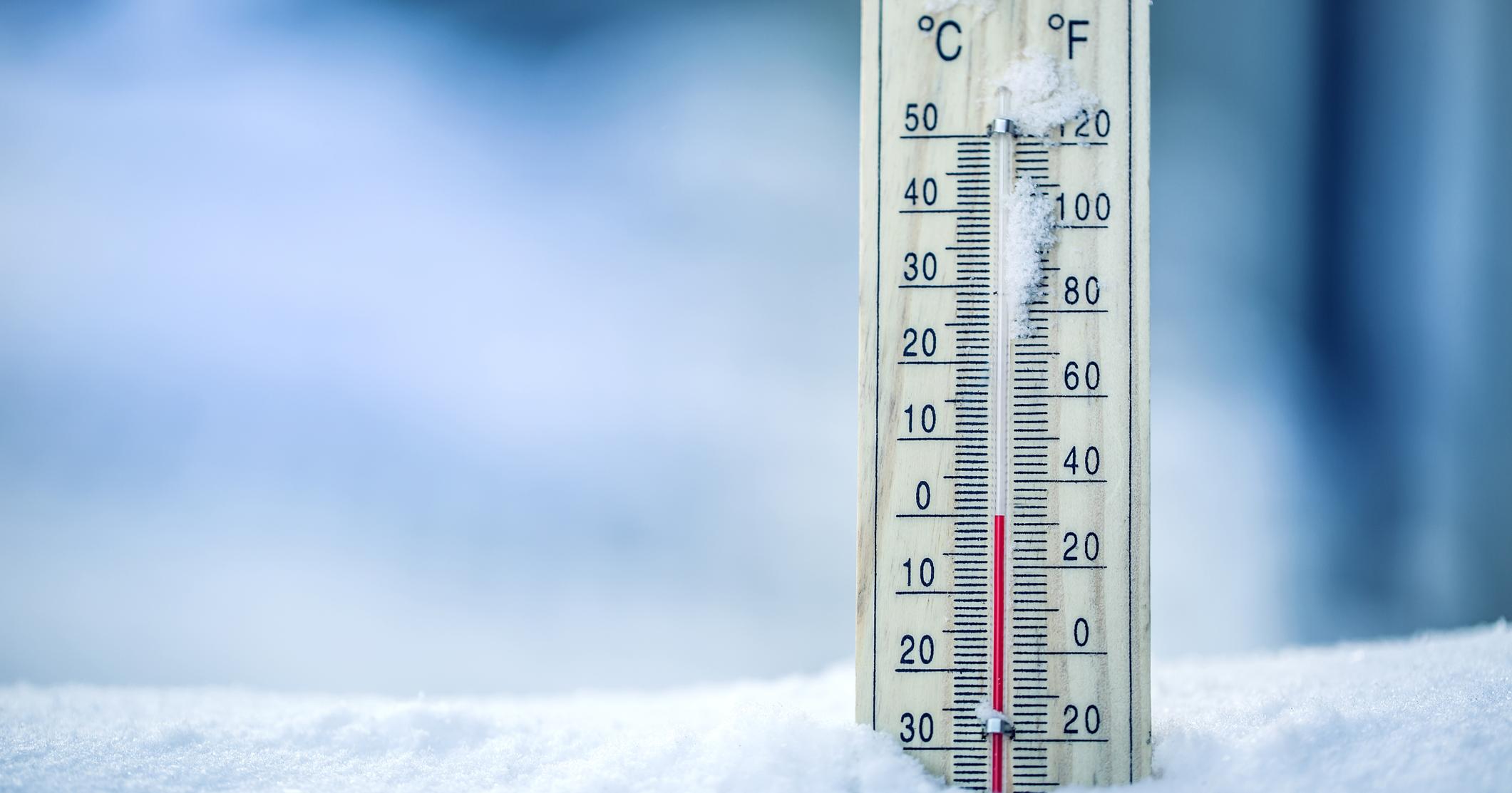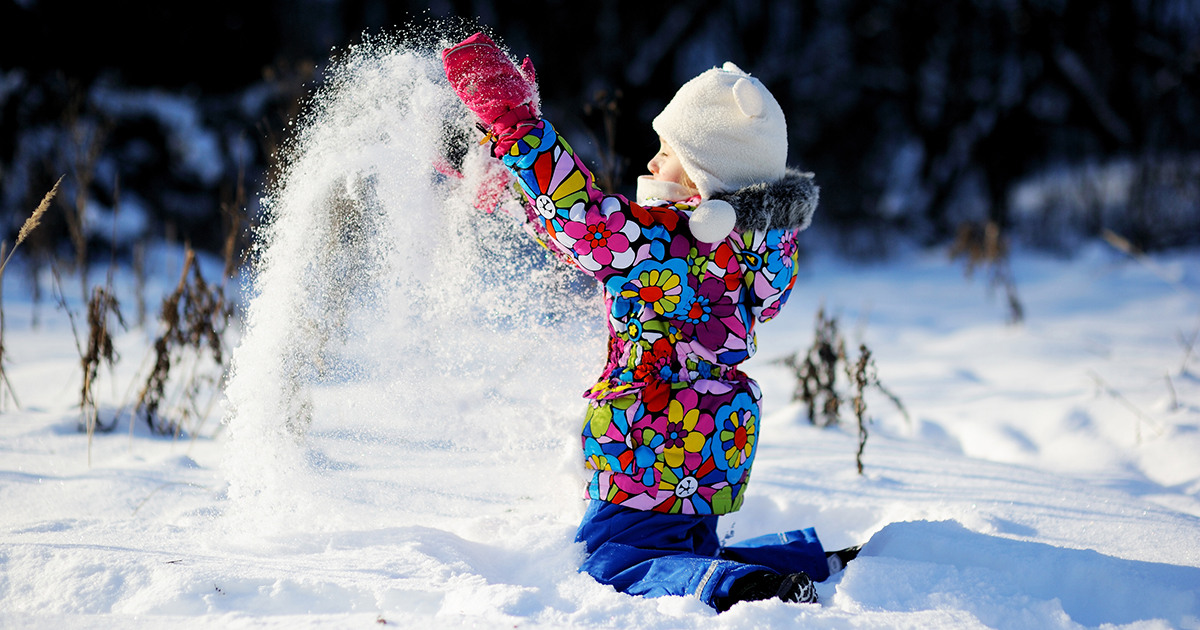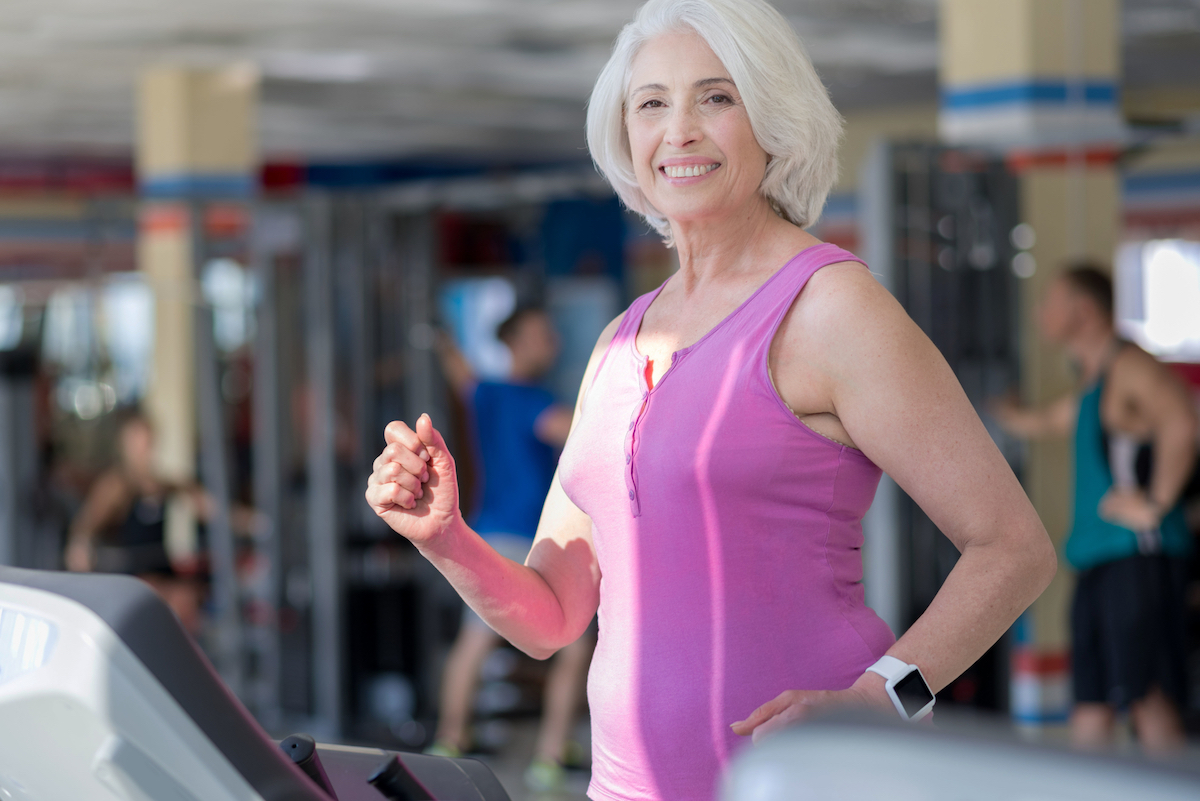Treating And Preventing Chilblains
Chilblains are red lumps that usually develop on the fingers and toes after exposure to cold. Chilblains are also known as pernio, perniosis, cold-induced vascular disorder, and chill burns. The lesions may appear purple or brown on darker complexions and are caused by inflammation of tiny blood vessels that can occur during rewarming of skin after cold exposure. Blood leaking into nearby tissue when the blood vessels expand too quickly causes swelling. This reaction can occur in any part of the body, but mainly affects the earlobes, nose, fingers, and toes. Symptoms include a burning sensation, itchiness, pain, or blistering. Risk factors include poor circulation or certain medical conditions like Raynaud's disease. Children and the elderly are most commonly affected. Most cases of chilblains resolve themselves within a few weeks, but patients should see a doctor if their condition lasts longer than three weeks or if they’re experiencing severe discomfort. Learn about how chilblains are treated and prevented now.
Use A Soothing Lotion

Patients with chilblains can use a soothing lotion to control itchiness and keep the affected areas moisturized. Chilblains can cause severe itchiness, and the excessive scratching can lead to infections, especially if blisters are present. Apply a thick layer of lotion to the area and reapply as often as necessary during the healing process. Patients can also use calamine lotion or witch hazel to help with the itching. Lanolin works well for moisturizing and relieving itchiness. Apply lanolin as a base on hands and feet before the application of calamine lotion or witch hazel. Avoid rubbing or massaging topical ointments into chilblains because it can increase swelling and irritation. Instead, use a cotton ball and dab gently. Smooth lotions or creams onto the skin with light strokes.
Keep reading for additional treatments for chilblains now.
Healing Medication

Various medications may be prescribed for symptom management. A corticosteroid cream may be needed to relieve itching if over-the-counter topical ointments cannot provide enough relief. A corticosteroid cream can help itchiness by reducing inflammation. It also helps heal the lesions quicker. A healing medication may be needed for individuals with diabetes or poor circulation because these conditions delay the healing process. Blood pressure medications can be used to reduce swelling and pain by expanding the blood vessels near the skin's surface and improving circulation. Some of these medications, like nifedipine and diltiazem, are known as vasodilators, are used in severe or recurrent cases, and are available in pill form or as a topical formula. They help the healing process and prevent recurrences. Side effects of vasodilators include nausea and dizziness. Other medications include a course of vitamin B, which improves circulation and treats many other symptoms of the condition. A mixture of friar's balsam and an iodine solution can also be used on tissue damaged by chilblains.
Continue to uncover an excellent chilblains prevention method.
Limit Exposure To Cold

Limiting or avoiding exposure to the cold may prevent chilblains from occurring. Always keep all body parts as warm and dry as possible when exposed to the cold, especially the hands, feet, and face. Limit exposure to cold in your home or workplace by keeping your environment well heated during winter months and avoiding drafts. The temperature should be kept at a comfortable level. Do not walk barefoot on cold floors, and wear socks at night if your feet get cold. Long boots over socks and pants will create an extra layer of warmth. On days when you have to go out into the cold, eat hot foods and drink hot liquids throughout the day to help keep you warm. A bowl of hot oatmeal for breakfast and hot liquids like soup, tea, or broth during the day will help keep your body toasty. Warm up gradually after being exposed to cold temperatures, as warming your feet or hands too quickly after exposure to cold is one of the main causes of chilblains, and can also worsen the condition. Quick methods of warming up such as placing feet or hands in hot water or standing close to a heater or fire should be avoided. Instead of these methods, try putting on a pair of gloves or socks to rewarm gradually.
Learn more about preventing chilblains now.
Wear Warm Clothing

Dress in warm layers of loose clothing and wear a hat, gloves, scarf, thick socks, and waterproof footwear. Individuals can lose up to forty percent of their heat through the top of their head if it's not covered. Invest in wool or angora socks if chilblains is a recurrent problem; their fibers are superior for trapping heat. Wearing long johns, tights, leg warmers, or long socks for additional warmth can help as well. However, don’t wear too many layers of socks or tights, especially if they’re a tight fit, as this may restrict circulation and increase the chilling of your feet.
Carry an extra pair of gloves and socks just in case the pair you’re wearing gets damp, and make sure damp shoes have completely dried before wearing them. Footwear should be comfortable, fit well, and cover your feet. Tight or ill-fitting shoes can create friction that may cause damage and infection. Individuals who get chilblains may have poor circulation and healing time could be much longer than normal. Shoes or boots lined with materials like fleece or sheepskin are ideal for keeping feet warm in cold conditions.
Discover another way to prevent the development of chilblains now.
Stay Active To Improve Circulation

Individuals prone to developing chilblains will decrease their risk of the condition by staying active. Engaging in physical activities regularly may also help treat the condition. Poor circulation is one of the main risk factors of chilblains, so getting regular exercise is one of the best ways to reduce an individual's risk. Individuals should exercise at least four times a week to improve circulation. Even doing some light exercise regularly will keep the blood flowing to extremities. Stay active to improve circulation, but avoid vigorous exercise if symptoms of chilblains appear, as this may aggravate the condition. Taking a daily thirty-minute walk would be very beneficial, but individuals can walk around at home or work periodically if they are unable to get outdoors or to a gym. Even walking in place or pacing back and forth is movement and will get the blood flowing.
